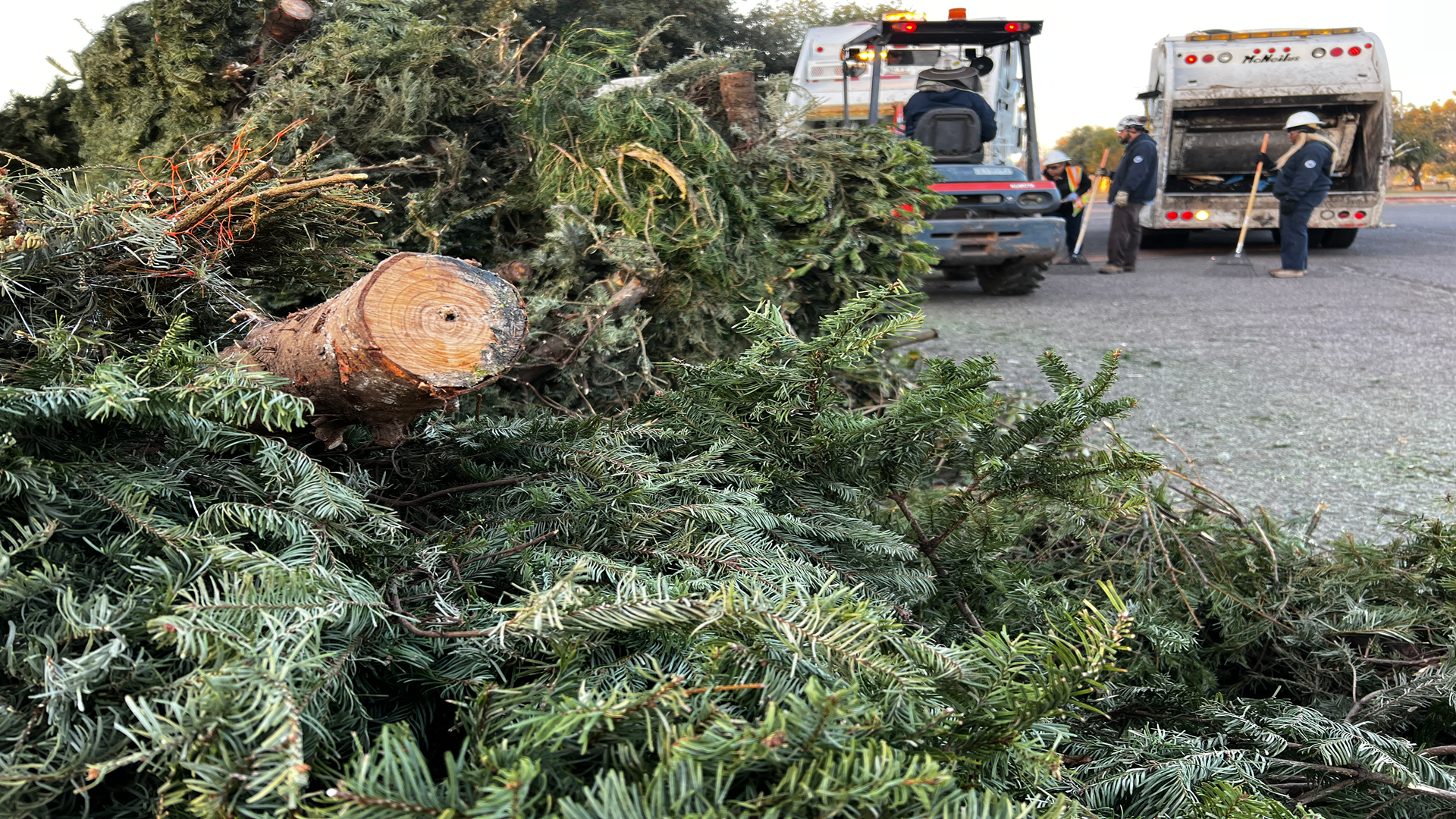Phoenix launches a Citywide food drive to assist residents experiencing food insecurity during the holidays.

Overview
The Phoenix Parks and Recreation Department builds healthy communities and makes the City a better place to live, visit, and play. We use “the Power of Parks” to promote health, wellness, conservation, and social equity by providing the community with opportunities to improve quality of life through access to local parks, recreation and cultural facilities, sports programming, and open spaces.

Phoenix Announces Reopening of Echo Canyon Trail
The City of Phoenix Parks and Recreation Department is pleased to announce the reopening of Echo Canyon Trail at Camelback Mountain, effective Sunday, Dec. 14, 2025 at sunrise. This iconic and highly visited trail will soon be accessible to the public following an extended closure for critical safety and stabilization work.
Popular Activities
-
City Parks
Learn all about Phoenix's city parks and find a park near you.
-
Classes and Programs
Explore Phoenix Parks & Recreation classes and programs for all ages.
-
Hiking and Trails
Phoenix has more than 41,000 acres of desert parks and mountain preserves and 200-plus miles of trails. Learn all about them and how to enjoy them safely.
-
Golf
Learn everything you need to know about golf courses in Phoenix.
-
Featured Events
Learn more about Phoenix Parks featured events.
-
Pools
Explore Phoenix Pools! City of Phoenix pools are a great place to learn how to swim, exercise or cool off during the summer.
Parks and Recreation Board and Committees
Find meeting agendas, virtual links and additional information about the Parks and Recreation Board and committees.
Popular Recreation Spots
We offer residents and visitors more than 41,000 acres of desert parks and mountain preserve land with more than 200 miles of trails, 187 parks, 33 community and recreation centers, eight golf courses, and 29 pools where thousands cool off and learn to swim each summer. Start exploring by checking out some of our popular locations.
-
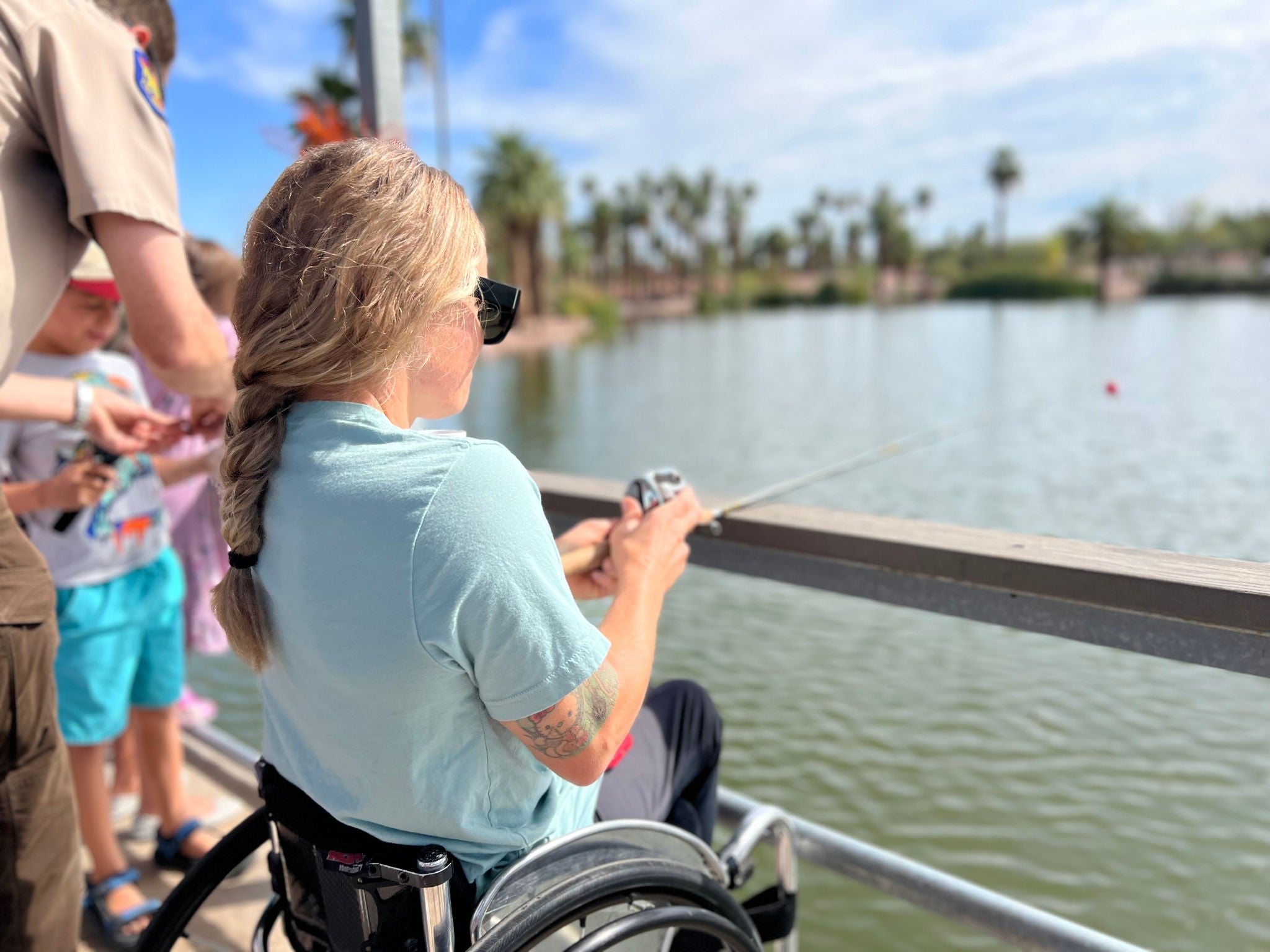
Papago Park
Just minutes from downtown Phoenix, Papago Park offers exceptional hiking and a wide array of recreational facilities.
-

Aguila 18 Golf Course
This Gary Panks links design course is set at the base of South Mountain with scenic mountain views. Three lakes come into play on five holes.
-

Cesar Chavez Community Center
Cesar Chavez Community Center offers summer camps and classes for all ages.
-
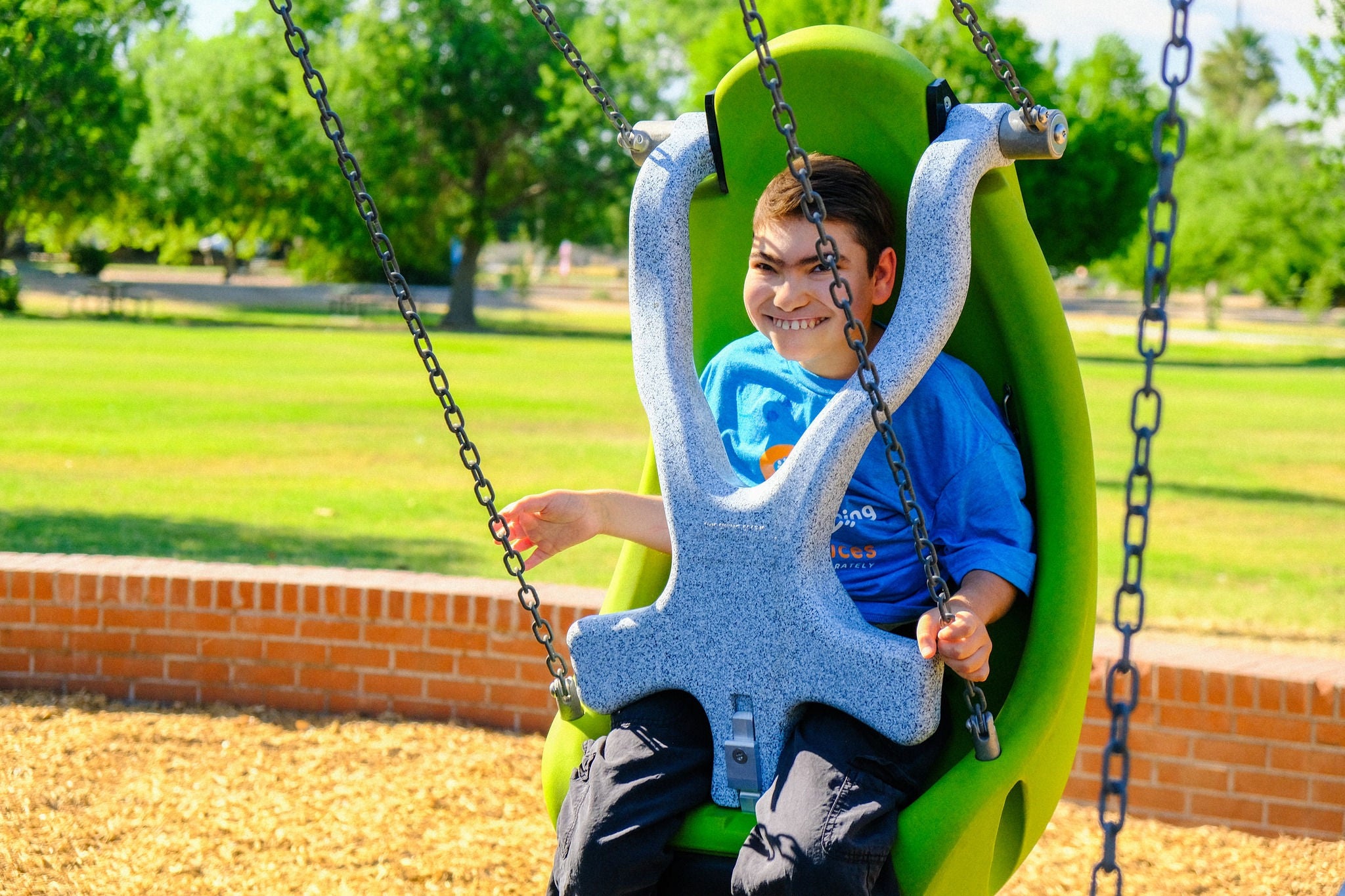
Encanto Park
Encanto Park boasts 222-acres of lush oasis located in the heart of the city.
-
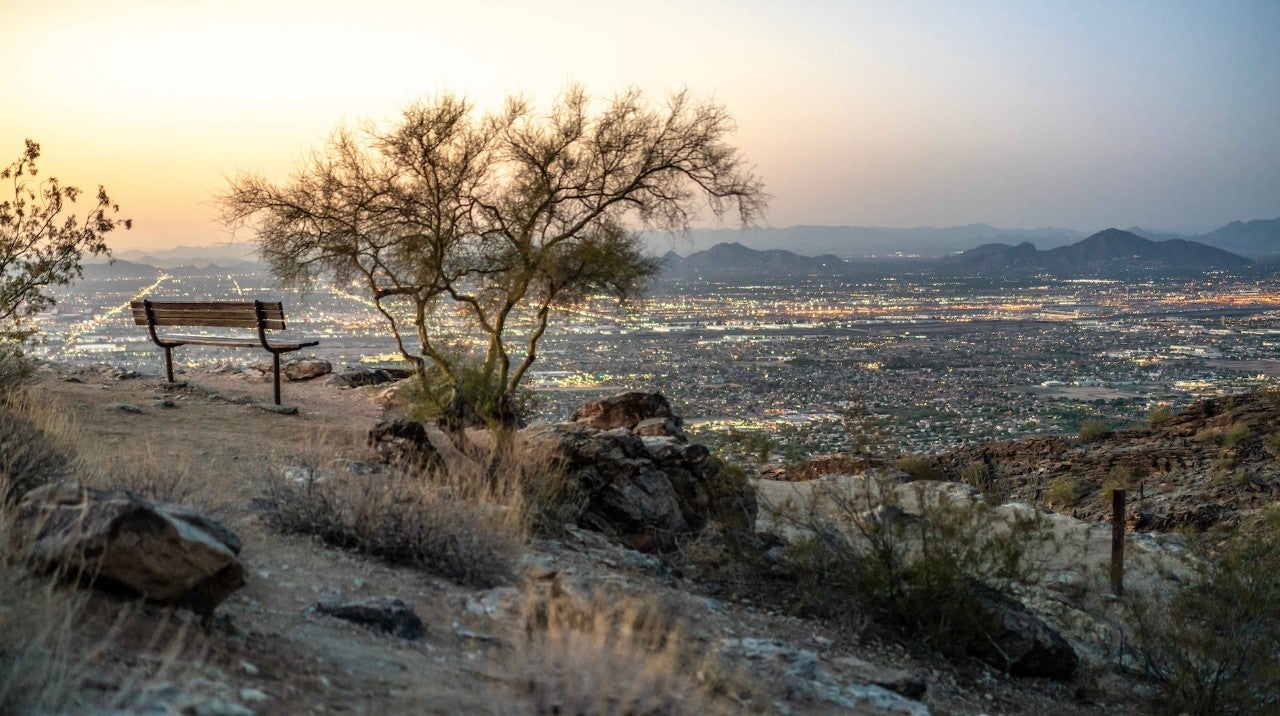
South Mountain Park/Preserve
South Mountain Park/Preserve consists of three mountain ranges - the Ma Ha Tauk, Gila and Guadalupe.
Code of Conduct & MyPHX 311
Report park code of conduct violations 24 hours a day, 7 days a week by calling our answering service: 602-534-9919 or request services and report issues using myPHX311.
ADA Complaint/Grievance
If you encounter accessibility issues on our website, you have the option to file an ADA grievance or complaint with the Equal Opportunity Office.
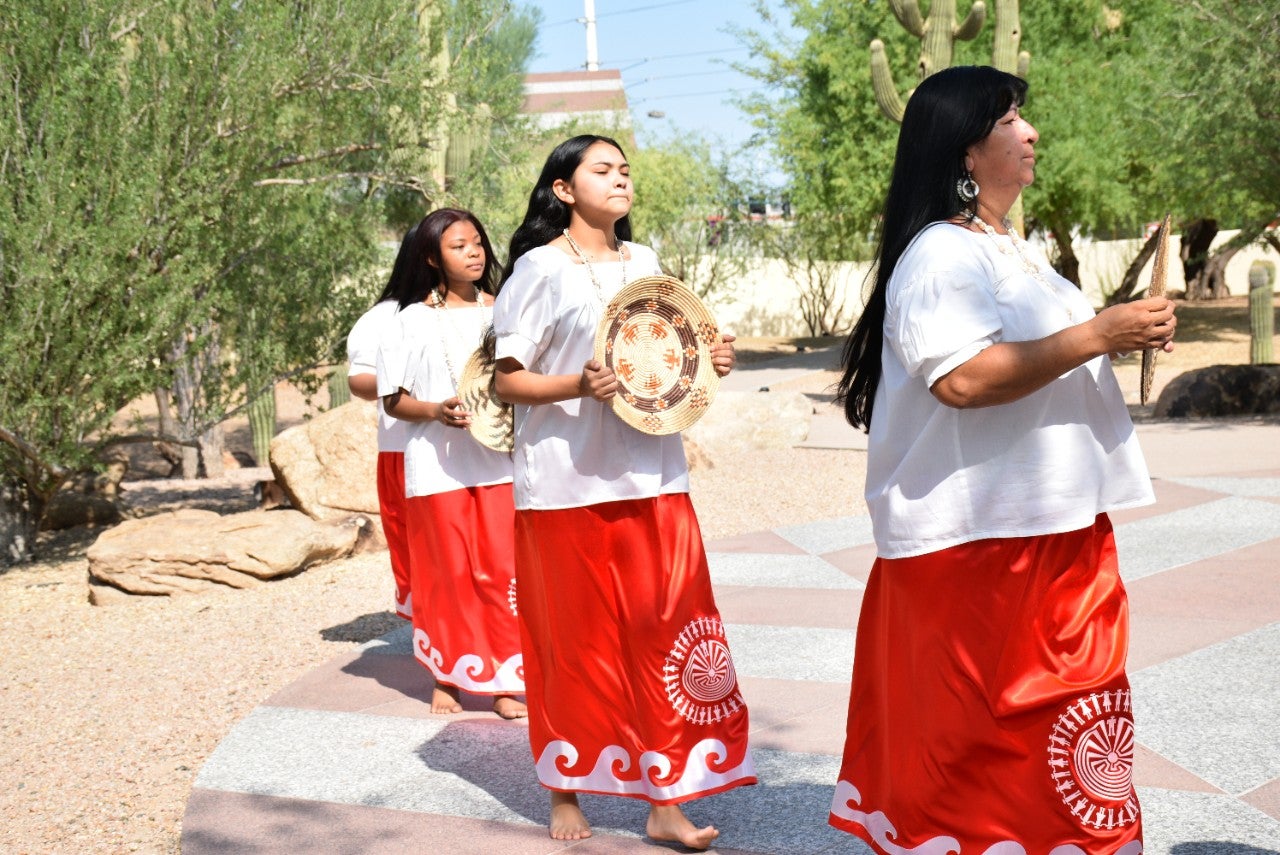
Land Acknowledgement Statement
The Parks and Recreation Department acknowledges the City of Phoenix is located within Native Land. Read the department's commitment to respecting Ancestral Indigenous Communities.

Events
Contact the Parks and Recreation Department
General Inquiries: 602-262-6862
Email: receptionist.pks@phoenix.gov
Media Inquiries: Teleia Galaviz, Public Information Officer
Email: teleia.galaviz@phoenix.gov
